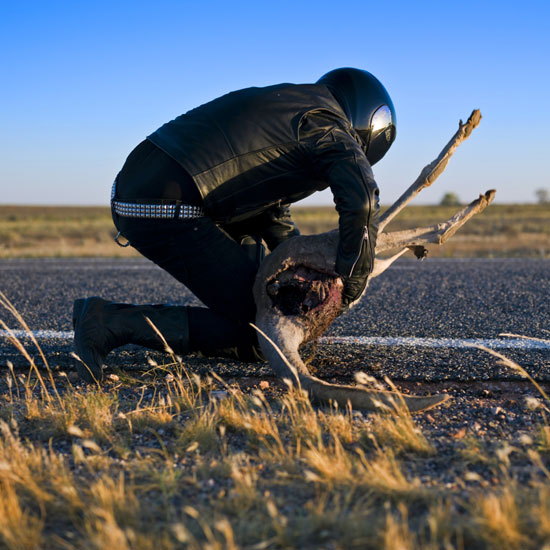Rirkirt Tiravaninja
Siempre
que entro en un nuevo espacio dedicado al arte, siento una emoción especial, y
en esta ocasión ha sido realmente peculiar y diferente. Paseo por el NVG de Melbourne, cuando
al entrar en una de sus salas advierto una mesa preparada con uno sencilla
vajilla para 4 comensales. En un principio pasa inadvertida, pero tras
acercarme me doy cuenta que esta precisamente así invitándote e incitándote a
sentarte. No me atrevo a sentarme. Doy pequeños paseos sin perder de vista la
mesa y espero a ver si algo ocurre. Efectivamente a los pocos minutos los
cuatro lugares son ocupados sucesivamente por diferentes personas que no se conocen entre sí. Me acerco y puedo comprobar que ante mis ojos
soy testigo de un “happening” . Simplemente observo y disfruto….
Rirkirt
Tiravaninja – el autor de la obra- ha
convertido parte de la sala en un pequeño restaurante para degustar comida
thai, de hecho es solo una mesa, en la que todo aquel que quiera puede sentarse
y tener el placer de compartir junto a otros 3 comensales un menú de 4 platos
que serán servidos por alguien del personal de la galería. Es sencillamente una
experiencia en la que no solo estas contemplando una obra de arte, el comensal
es y forma parte importante de la obra. De que se trata entonces? Una mesa
puesta y preparada para comer se convierte en un espacio no solo de degustación
de comida sino también lugar para compartir y conversar, de la pasividad a la actividad.
En su obra "Pad Thai"de buena manera están contenidas parte de las palabras del crítico y curador francés Nicolas
Bourriaud acerca de su idea de arte
relacional, y en este caso el autor de este Happening nos sirve como claro
ejemplo de cómo establecer conexión entre obra-espectador.
No
hay duda que en la mayor parte de las instalaciones de Tiravaninja nos habla de
relaciones sociales, interelaciones
espaciales en las que uno de sus ingredientes favoritos, - aludiendo a sus
instalaciones cuya temática suele partir de elementos culinarios- son la gente siendo la participación por parte
del espectador uno de sus máximos objetivos. Para Tiravanijka la obra de arte se convierte
en un acontecimiento para el visitante que no sólo debe ser algo irrepetible,
en el que juega un papel importante la utopía y la simulación, y cómo no un lenguaje en el que la duda esta y
estará siempre presente.
Whenever I go into a new space dedicated to art, I feel a
special thrill, and this time has been really quirky and different. Walking
through the NVG Melbourne, when I come in at one of its romos, I warn a table
ready with one simple crockery for 4 people. At first goes unnoticed, but after
approaching there, I realize that this exactly thus inviting and inciting you
to sit down. I dare not sit. I short walks without losing sight of the table
and wait to see if something happens. Sure enough within minutes the four
places are occupied successively by different people who do not know each
other. I approach and I can verify that before my eyes I am a witness of a
"happening". Just watch and enjoy ....
Rirkirt Tiravaninja - the author of the work-has used part
of the room in a small restaurant for tasting Thai food, in fact there is only
a table, where anyone who wants can sit and have the pleasure to share with
another 3 diners a menu of four dishes that will be served by a staff of the
gallery. It is simplylly an experience that not only are contemplating a work
of art, the diner is and important part of the work. What is it about then? A
table set and ready for eating becomes a space not only for food tasting but
also place to share and discuss, from passivity to activity.
In his work "Pad Thai" in a good way are contained
some of the critic and curator words Nicolas
Bourriaud about his idea of relational art, and in this case the author of
this Happening serves as a clear example of how to establish connection between
work-spectator.
There is no doubt that in most facilities Tiravaninja speaks
of social, spatial interrelationships in which one of his favorite ingredients
- referring to its facilities whose themes often from culinary-are elements
people being participation by the viewer one of its top goals. To Tiravanijka
the artwork becomes an event for visitors not only be something unique, which
plays an important role the simulation and uthopia, and how not, a language in
which the question is and will always be present .
